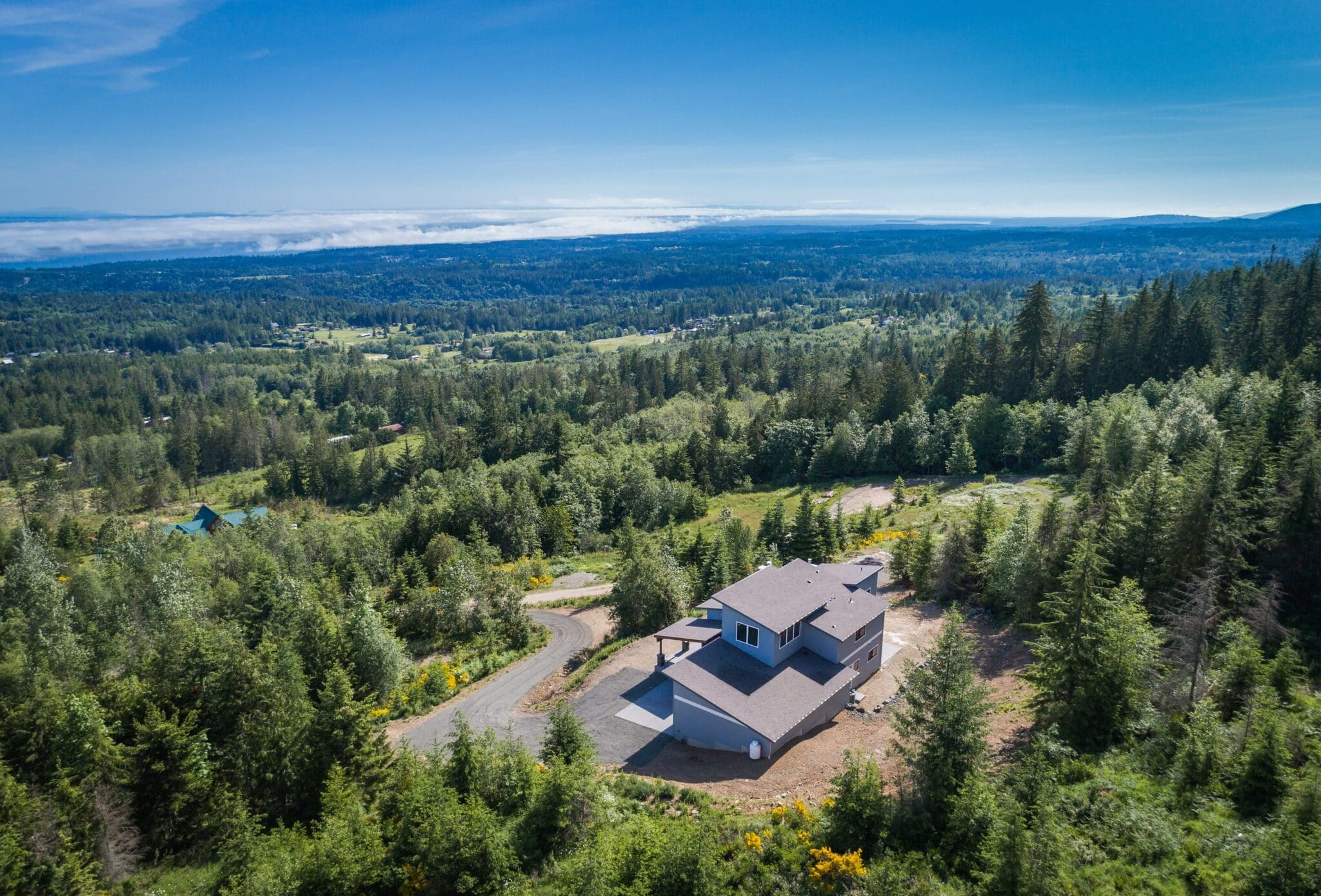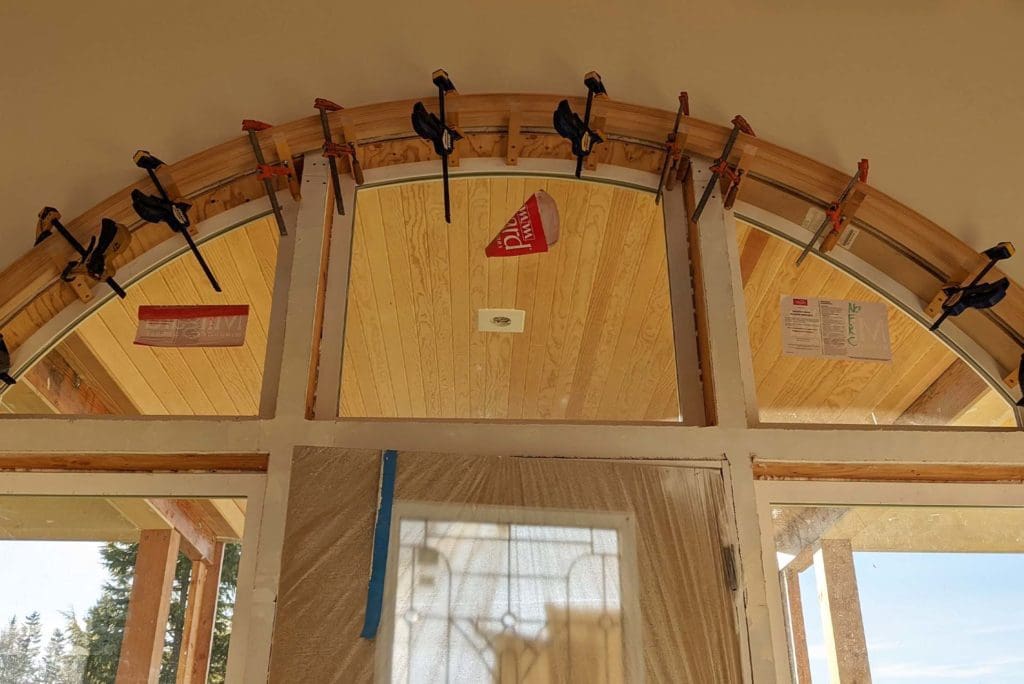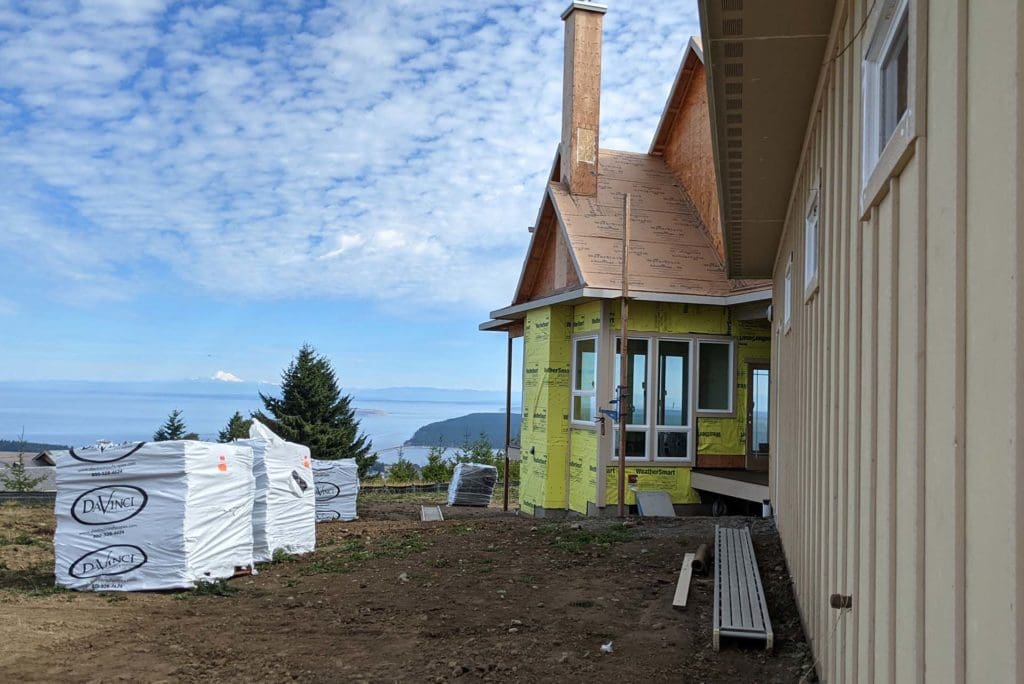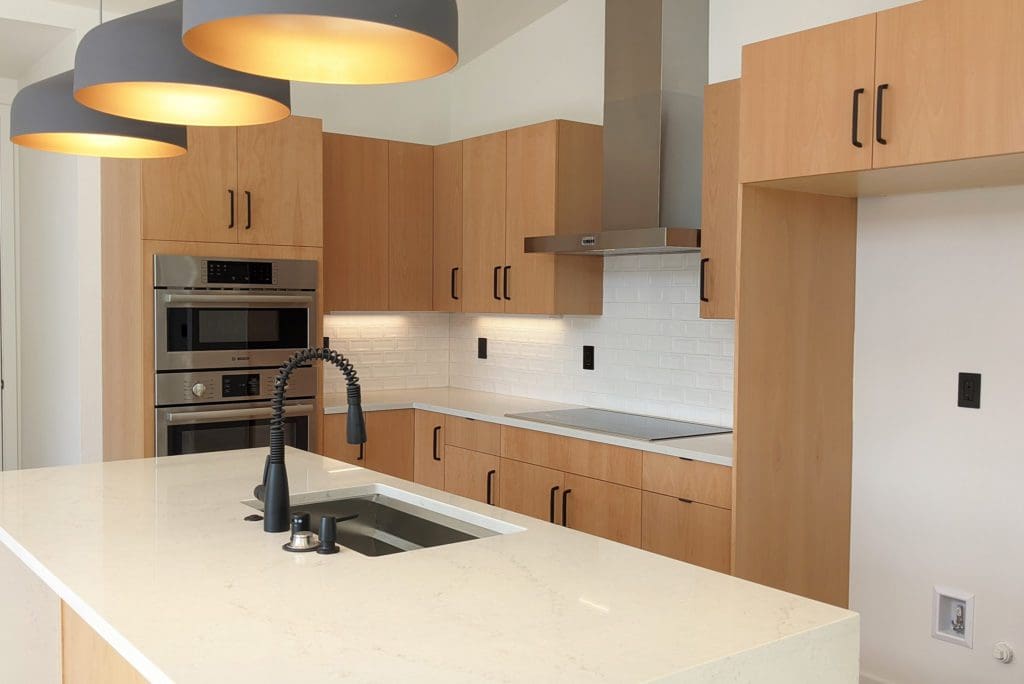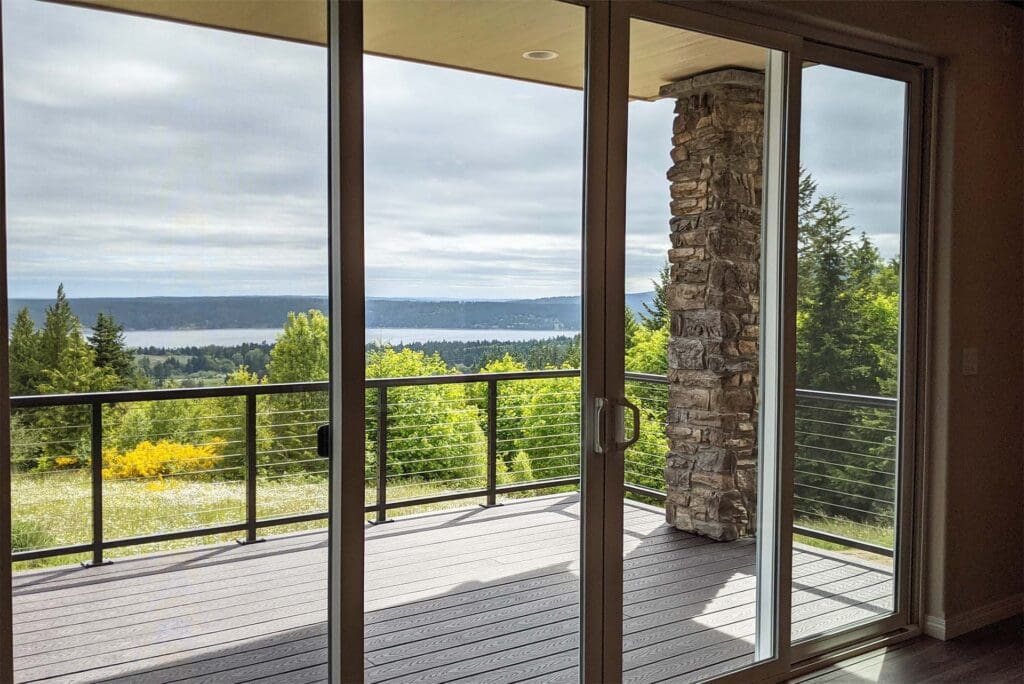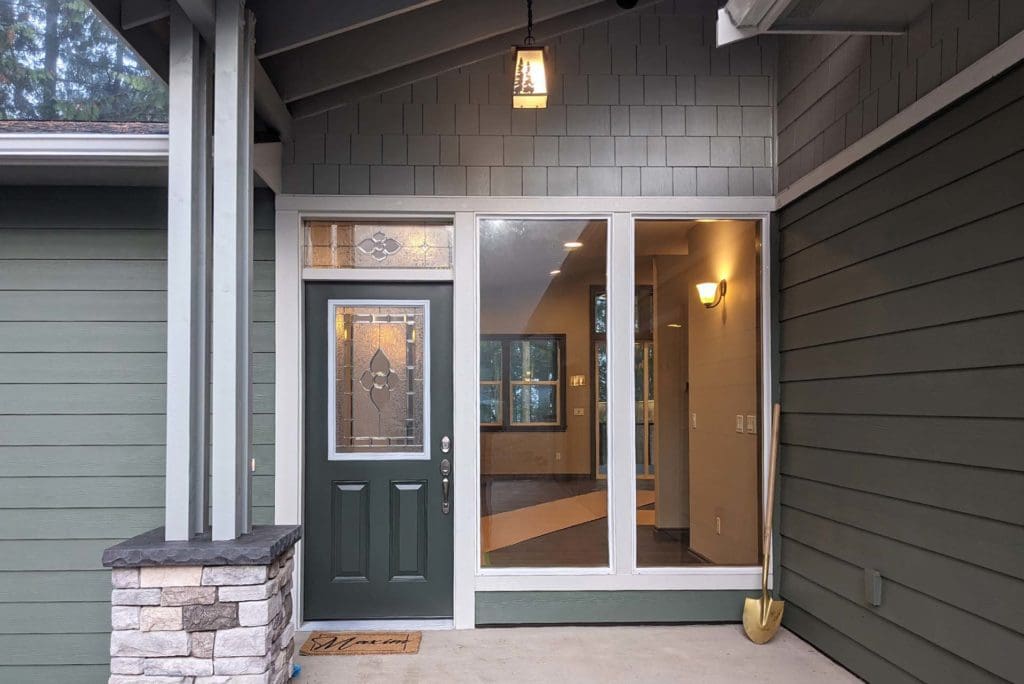Securing a home loan can be a stressful process, but it doesn’t have to be if you have the right tools and take a few steps to prepare. First, it’s important to remember that custom home loans are different than home-buying loans: You’re essentially taking out a construction loan on something that doesn’t yet exist, whose final value won’t be known for months or years, and that will take a longer period of time to build. This means there’s a much higher risk for the bank, and, therefore, greater scrutiny and tougher requirements for you.

Here are some things to keep in mind if you’re considering a custom home loan:
• Find a specialist: Traditional home-buying loans are the same across the nation, with the same guidelines. For construction loans, every bank has its own approach, notes Carl Glenn Paulino, mortgage loan officer for Umpqua Home Lending in Silverdale, WA. Even within a bank, specialists have different experience levels. Because it’s such a unique process, its best to work with a lender who has ample experience with custom home loans, who has learned from their mistakes, and who can anticipate issues and hold your hand accordingly. Your builder may be able to point you in the right direction; Estes Builders, for example, has a list of vetted, preferred lenders who specialize in custom homes.
• Prepare for tougher requirements: From every angle, construction loans are harder to get, and borrowers need to be in better shape to qualify. You’ll need a bigger down payment (at least 10%) than you would with a traditional mortgage. Income level requirements and credit qualifications also are higher. “A 620 credit score can buy a house but not build one,” Paulino cautions.
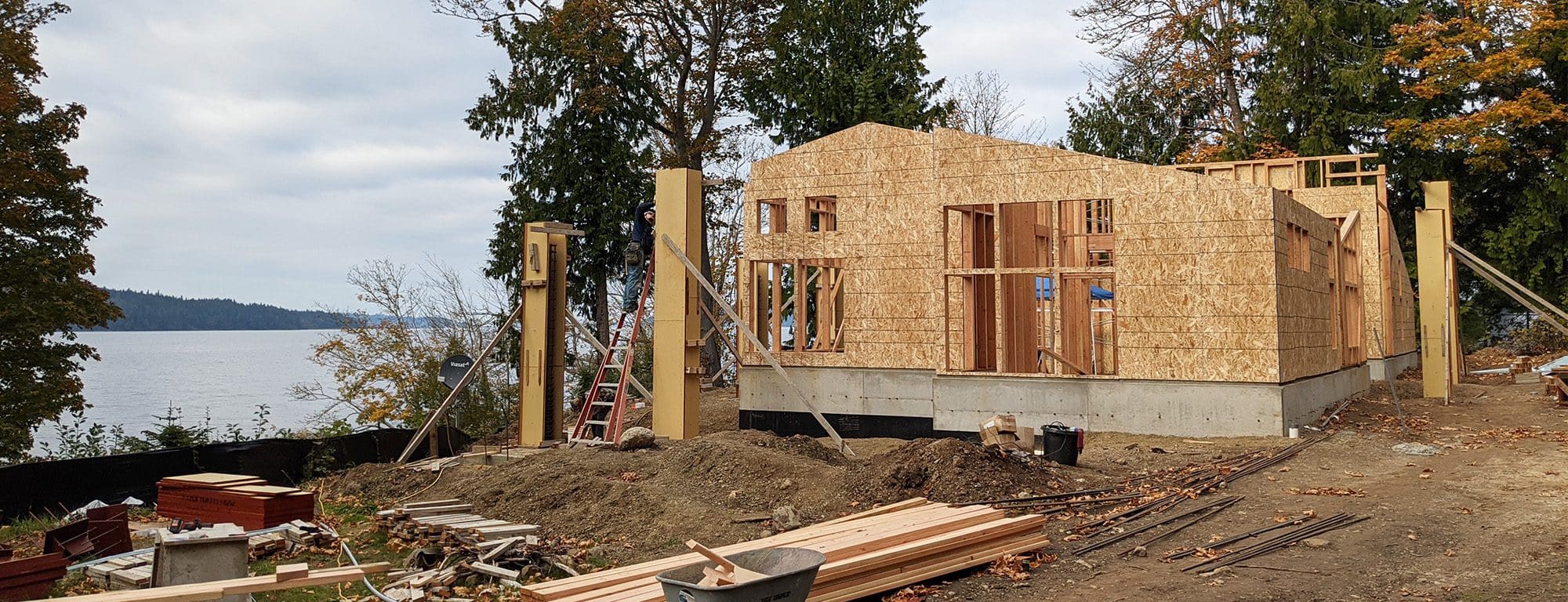
• Prepare for higher costs: More services are required during a lengthy custom build, Paulino notes, including sending out a draw inspector when the builder needs money and sending appraisers at least twice. This adds up to higher closing costs for a custom loan—possibly more than twice as much—versus a home-buying loan. Check with your lender about what to expect.
• Get organized: One of the biggest differences between a construction loan and a home-buying loan is timing, says Cathy Pennington, assistant manager at Washington Federal Bank in Poulsbo, WA. Lenders need permits, county approvals, appraisals, and an architect before you can close the loan. Lean on your builder to help keep the oft-sluggish permit process moving.
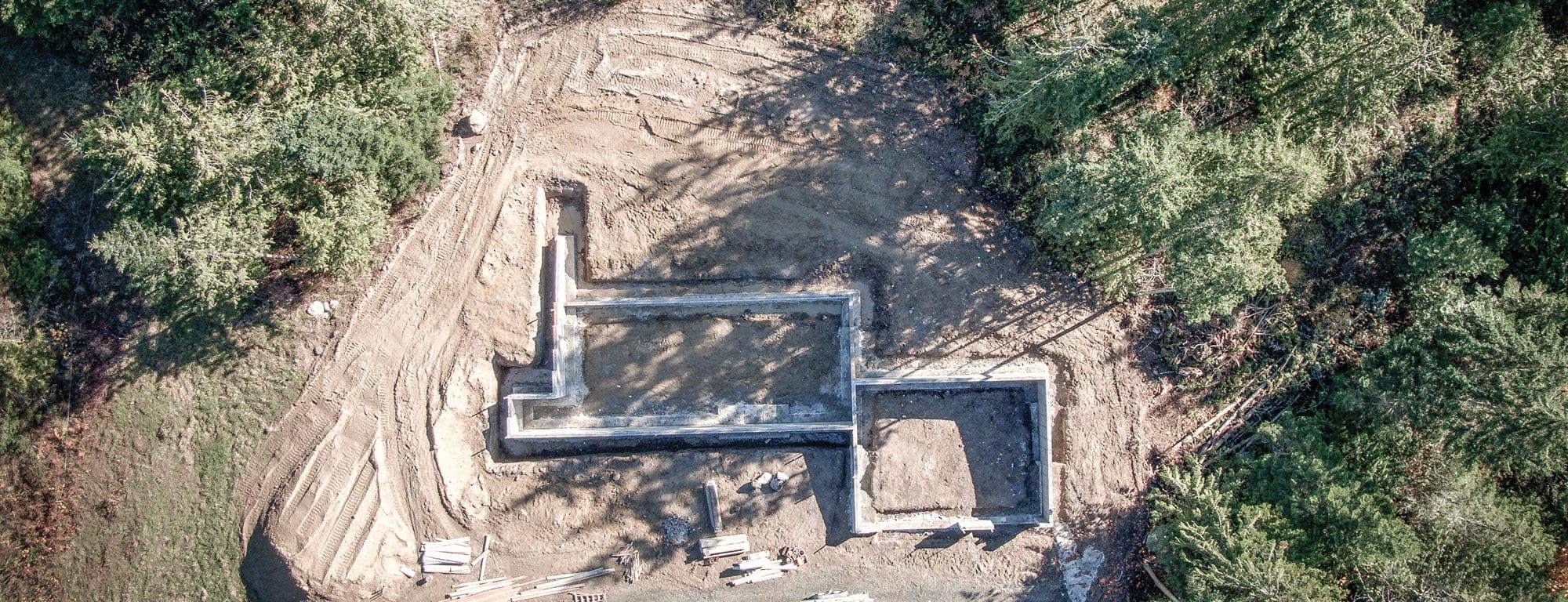
• Check your septic: Most loans cover everything except septic design. But the bank will want to know that you can get the septic design to match the house. Your builder can assist you with septic and clearing research to ensure the land you own is feasible to build on.
• Don’t spend too much too early: Be careful if you’re tempted to get the site developed as quickly as possible; most banks require money in reserve to prove your financial health, so if you spend that on an excavator and a well builder, you may use up that reserve.
• Get prequalified: Meet with your lender early and get prequalified, possibly even before you buy the lot if you’re paying cash for it. Get to know their program and how it works. Have them walk through the many different variables—such as whether you already own the lot, where the property is located, if the property is a gift—that can influence your approval and the amount of your loan. And remember, just because you qualified for a home-buying loan doesn’t automatically mean you’ll qualify for a construction loan.
• Choose your builder wisely: The loan process is stressful, but experienced custom home builders, like Estes, can help ease some of the burdens by consulting with you on your total project—budgeting, planning, site development, and building—staying on schedule, and locking in a guaranteed budget in advance.
• Have a basic design…: Pennington says borrowers should have had initial conversations with a design/build firm or architect and be working on plans before they come to her. This will help the lender get an idea for what the cost of construction will be and devise a starting number.
• …but hold off on your wish list: Meet with your lender to see what you qualify for, then start making your wish list based on realistic expectations of what your budget and payments will be.
• Settle on a budget: “If you know what you can afford, you need to stick to that,” Pennington advises. This means you might have to compromise on some features, but it will also ensure you’re in a home that won’t stretch you beyond your means. Above all, Pennington says, make sure you’re working with a builder, architect, and bank that fit your needs, even if it means shopping around. “That’s a huge part of making everything go smoothly.”

Start with a builder. An experienced builder will provide you with a budget range for your total project. Then you can get in touch with different lenders to see what programs and loans they offer that will work for you.


